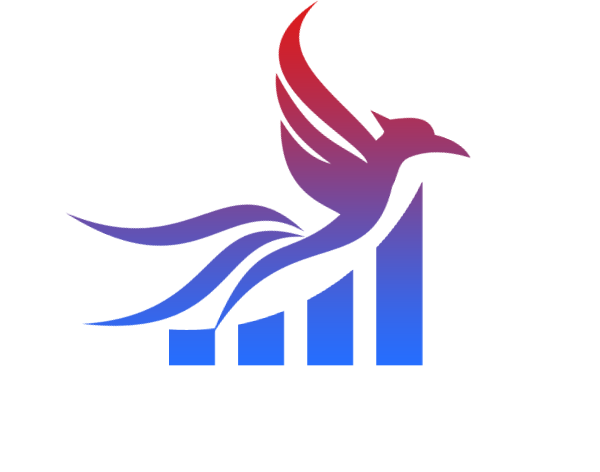A Step-by-Step Guide for Veterans to Secure the Best Refinance Rate on Their Mortgage:
- Content Writer
- August 18, 2023
- Mortgage and Financing Options, Veteran Mortgage Refinance Options
- 0 Comments
1. Start with a Self-Assessment:
- Check your current mortgage terms.
- Assess your financial goals (shorter loan term, lower monthly payment, cash out for home improvements, etc.)
- Review your credit report to ensure there are no errors.
2. Understand VA Loan Refinancing Options:
There are two main types:
- Interest Rate Reduction Refinance Loan (IRRRL): Also known as a VA streamline refinance, this allows you to lower your interest rate by refinancing an existing VA loan.
- Cash-Out Refinance Loan: This lets veterans take out cash from their home equity for things like paying off debt, home improvements, or college tuition.
3. Improve Your Credit Score:
- Pay bills on time: Late payments can have a significant negative impact.
- Reduce debt: Lower your credit utilization by paying down credit card balances.
- Avoid opening new credit lines: This can temporarily reduce your score.
- Check for inaccuracies: Ensure that your credit reports are accurate. Dispute any errors with the credit bureaus.
4. Gather Required Documents:
- Your Certificate of Eligibility (COE) to prove you qualify for VA benefits.
- Recent pay stubs, W-2s, or tax returns to verify income.
- Statements from your current mortgage.
- Other pertinent financial documents.
5. Shop Around:
- Don’t just go with your current lender. Get quotes from multiple lenders to ensure you’re getting the best rate.
- Use online tools and calculators to understand potential rates and payments.
- Consider speaking to a mortgage broker who can help identify the best deals available.
6. Leverage VA Benefits:
- VA loans often have lower interest rates and do not require PMI (Private Mortgage Insurance).
- There’s no down payment required for VA loans.
- Consult the VA’s official site or reach out to a VA loan specialist to understand all the benefits you’re entitled to.
7. Lock in Your Rate:
- Once you’ve found a favorable rate, lock it in. Rates can fluctuate daily.
- Understand the terms of the rate lock: know how long it lasts and if it can be extended.
8. Review Closing Costs:
- Even though VA loans come with limited fees, there will still be some closing costs. Ensure you understand these costs and factor them into your decision.
- Negotiate: Sometimes, fees and closing costs are negotiable. Don’t hesitate to ask.
9. Stay Informed:
- Mortgage and refinance rates can change based on a variety of factors including the broader economy and Federal Reserve decisions. Stay informed to know when might be the best time to refinance.
10. Seek Counseling if Needed:
- The VA offers financial counseling for veterans having trouble with their mortgage. If you’re facing difficulties or just need advice, take advantage of this resource.
Final Thoughts:
Veterans have earned unique opportunities through their service, and leveraging VA benefits is a smart way to make homeownership more affordable. Refinancing can be a valuable tool, but it’s essential to approach it with a clear understanding of your goals and the options available. Remember, the lowest interest rate isn’t the only factor; you’ll also want to consider fees, loan terms, and the lender’s reputation.


